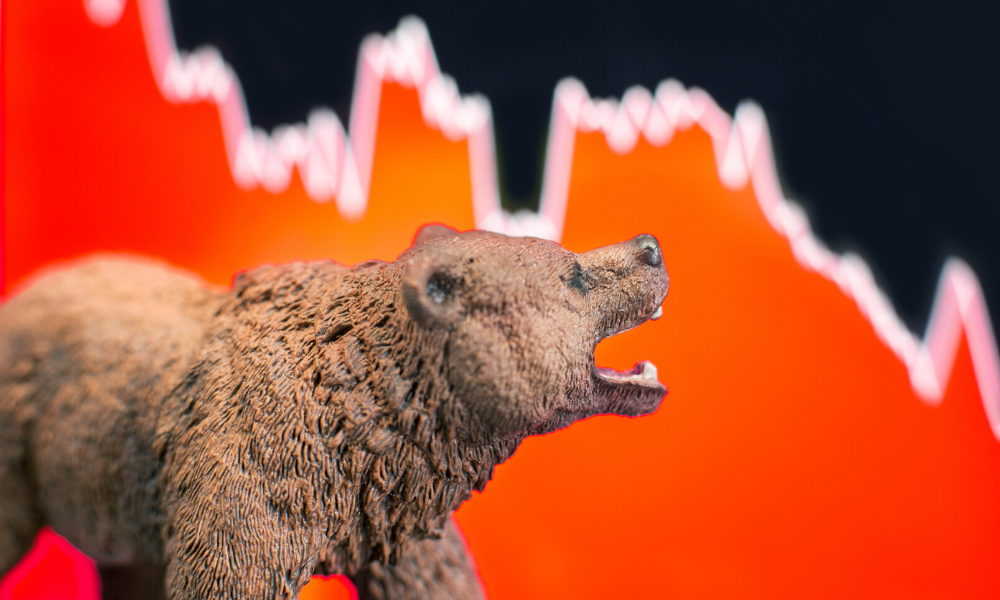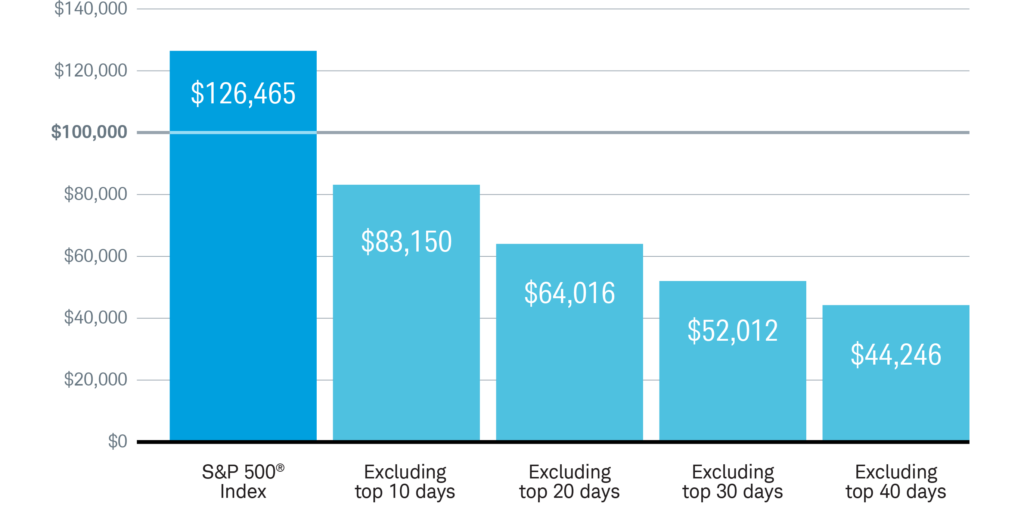
There is a saying on Wall Street: The market goes up the escalator and down the elevator. Stock gains tend to be relatively steady, accumulating over time. Stock declines, however, can be devastating.
While rushing to exit the stock market can feel like the logical thing to do when stocks collapse and other investors run for the hills, seasoned investors understand that market ups and downs are to be expected, and have a plan in place should markets continue to slide.
A little planning today can strengthen your portfolio and make it more resilient for a possible bear market or recession. Here’s how to play defense with your portfolio.
Fine-tune your portfolio
If the recent wild market swings have you wide awake at night, it is time to reassess whether your asset allocation matches your tolerance for risk. By taking on more risk than you can stomach, you might panic and sell at the wrong time, or worse, abandon your investing strategy altogether.
After the spectacular stock market gains of 2019, being bullish on stocks may have felt like the right choice. But given current conditions, the higher allocation to stocks could be out of line with your risk tolerance, potentially exposing you to more losses than you’re prepared to take should markets tumble further.
One way to arrive at a portfolio mix that matches your risk tolerance and financial needs is to use a tool like Syfe’s risk questionnaire. It tells you your risk profile and suggests the ideal asset allocation that makes sense for your risk appetite.
Don’t throw out all your stocks
When markets are down, it may be tempting to liquidate all your stocks. Resist the urge. Doing so will only lock in your losses and prevent you from reaping gains once the market recovers.
As the chart below shows, an investor who had invested $100,000 on 1 January 2009 – in the midst of the global financial crisis – but missed just a month of trading (or the top 30 trading days), would have had US$74,453 less by the end of the year compared to if he had stayed invested for the whole year.

Source: Schwab Center for Financial Research with data from Morningstar. Returns assume reinvestment of dividends. Top days are defined as the best performing days of the S&P 500 during 2009.
Instead, there’s a strong case for maintaining a portion of your portfolio in stocks, even if the market drops further. That’s because you want to be in a position to take advantage of the eventual recovery that happens.
Rebalance and redeploy
How much to maintain in stocks depends on your risk profile. If your risk tolerance is high, and you have several more decades to go before you retire, you can be more heavily weighted in stocks. Though stock market returns can vary greatly year to year, over the long term, returns tend to be positive.
But if you’re closer to retirement, consider moving any money you’ll need for living expenses in the next five years or so into cash or short-term bonds, which tend to be more liquid and carry less risk.
To ensure your portfolio risk level is aligned to your risk tolerance, one way is to trim your stock exposure through rebalancing. There are several ways to rebalance – at particular points in time, or using portfolio risk as a gauge.
The latter is what Syfe terms risk-based rebalancing. Simply put, a rebalancing is triggered when the risk within a portfolio either exceeds or falls below an investor’s desired risk level. When portfolio risk increases beyond an investor’s risk threshold, higher risk stock allocations are reduced while bond allocations increase. This mitigates losses and keeps investor panic at bay.
Diversify to safety
Of all the actions investors can take to protect their portfolios, diversification remains key. A diversified portfolio should comprise stocks, bonds and other assets like real estate and commodities. When markets fall, a diversified portfolio helps stem your losses – when some assets drop, you have others that provide stability.
While investing in single stocks can be risky, a single exchange traded fund (ETF) can be completely diversified. ETFs offer affordable and convenient diversification because just one fund can give you broad exposure to a large variety of stocks and bonds. Here’s more on how you can invest in a low-cost, globally diversified ETF portfolio.
Shore up your defense
Stocks and real estate investment trusts (REITs) with resilient cash flows and high dividend yields are good defensive picks for the current market. With yields on the 10-year US Treasury bond falling below 1%, investors seeking income will find the stable dividends and high yields offered by REITs attractive.
In fact, this period of market volatility could create opportunities to buy quality REITs at inexpensive valuations. One option to consider is the Syfe REIT+ portfolio. It contains 20 quality REITs that track the SGX S-REIT Leaders Index.
Stay the course
Down markets and recessions are an inevitable fact of the economy. But even the most severe market slumps will pass. Don’t let the bearish stock market headlines scare you into making drastic moves.
Instead, stick to your investment plan and take this time to make your portfolio more resilient. If you want advice on how to create a recession-proof strategy, consider speaking to our wealth advisors. You can schedule a free consultation here.



You must be logged in to post a comment.